Tom Reid: Common-Sense Solutions to Closing the Digital Divide in Rural America
The BEAD investment offers great hope to rural America where we have been stuck in the digital divide since the beginning of the Internet age.
Tom Reid

Here are three proposals for common-sense solutions to improve the Broadband Equity, Access and Deployment program of the U.S. Commerce Department.
Topic #1: Fiber Priority
When we consider broadband infrastructure as a 30-year investment rather than focusing on speed targets, the case for building fiber networks in rural areas becomes clear. Current federal programs confuse the “minimum threshold to trigger investment” with the “ultimate end goal” of the projects.
The current trigger for federal investment focuses on areas where connections reportedly operate below 100 Megabits per second (Mbps) down * 20 Mbps up (100 * 20). Yet absurdly, this outdated 100 * 20 threshold also counts as an acceptable end goal after federal infrastructure investment – despite being insufficient for modern needs.
As illustrated in the chart below, we recommend a speed target of 10 Gigabit per second (Gbps) to meet the needs of 2055. Most U.S. households can already subscribe to broadband speeds at or near 1 Gbps.
Many previous state and federally funded broadband projects across the country are deploying these types of future-proof fiber networks capable of scaling for decades to come. Lets not hold-back rural America at 100 * 20.
Consider bridge replacement as an analogy. Say we have enough funding to replace bridges assessed at a grade of “D” or lower. We would not fund a “D+” bridge-fix and call it a success. So why accept similarly lax standards for rural broadband? The decrepit rural telecommunications infrastructure needs to be fully replaced, not patched. We need networks designed to meet 30+ years of bandwidth growth as illustrated in the timeline below. Success requires us to target the requirements of 2055 not 2020.
On the issue of whether fiber is feasible, one simple question is “does the location have grid power?” If the answer is “yes” then providing fiber-to-the-premises is a reasonable and achievable investment. Starlink and other satellite-based solutions will remain limited by terrain and foliage particularly in regions like Appalachia, the Ozarks, the Alleghenies, and the Cascades. The same is true for fixed wireless networks, which can only serve a fraction of locations effectively. Further, both low earth orbit satellites and fixed wireless face severe capacity constraints. They are struggling to meet the bandwidth needs of 2020, let alone 2055.
Topic #2: Regulatory Relief
The regulatory burden imposed by the National Telecommunications and Information Administration on the BEAD program will unnecessarily delay construction, increase costs and diminish competition among ISPs for the funding.
Fix 1: Properly apply Categorical Exclusions (CEs)
The Council on Environmental Quality clearly states that Categorical Exclusions apply to projects with no significant environmental impact, reducing paperwork and saving time, it reads:
“A categorical exclusion is a class of actions that a Federal agency has determined, after review by CEQ, do not individually or cumulatively have a significant effect on the human environment and for which, therefore, neither an environmental assessment nor an environmental impact statement is normally required. The use of categorical exclusions can reduce paperwork and save time and resources.”
The May 2024 CE catalog for the NTIA includes the following:
“C-8 Acquisition, installation, reconstruction, repair by replacement, and operation of aerial or buried utility (e.g., water, sewer, electrical), communication (e.g., fiber optic cable, data processing cable and similar electronic equipment), and security systems that use existing rights-of-way, easements, grants of license, distribution systems, facilities, or similar arrangements.”
Despite this clear guidance, the NTIA requires that BEAD recipients conduct exhaustive environmental reviews similar to a full environmental impact statement. As an example, in December 2024 my team submitted a whopping 834-page ecological and historical review document to NTIA for a Middle Mile project awarded 17 months ago, simply to confirm it met existing exclusions. 100% of the fiber build will occur within previously disturbed rights-of-way and utility corridors, thus the NTIA could have elected to waive the lengthy process saving our client time and money.
Streamlining this process would save money and accelerate deployment. If these onerous provisions remain for BEAD, the projects will run into a scarcity of qualified consultants to conduct the work, further delaying deployment. The reality is that these corridors are regularly bush-hogged and/or sprayed with herbicide by road and utility maintenance crews, thus building a fiber network would have little to no impact on environmental or historical resources – the purpose of such corridors. We urge common sense by waiving environmental and historic preservation reviews for projects meeting categorical exclusions.
Further, we urge the adoption of the same streamlined process for broadband projects on all federal land. Building broadband into occupied areas of National Forests, as an example, face permitting delays of years despite the projects being confined to road rights-of-way and utility corridors.
Fix 2: Rethink Asset Lien Requirements
Federal grant regulations are consolidated under 2 CFR 200, a 200+ page rulebook. However, 2 CFR 200.316, a single paragraph, governs how the public interest should be protected. The NTIA has an extreme interpretation, requiring liens against assets constructed with grant funds. This provision has diminished ISP interest in BEAD and complicates tracking over the long-term. Less intrusive methods for insuring that the investment is “held in trust” to benefit the public would make more sense for all parties and encourage the needed ISP investments in match. Freeing the BEAD program from unnecessary red tape would reduce costs, accelerate broadband deployment, and encourage ISP investment.
Topic #3: Accountability
The BEAD investment offers great hope to rural America where we have been stuck in the digital divide since the beginning of the Internet age. Unfortunately, many previous programs have lacked accountability, resulting in broken commitments and missed opportunities to level the playing field.
We have found that speed test data from Ookla enables a statistically valid approach for verifying broadband deployment progress. Quarterly change-of-state analysis taps progressive releases of Ookla records to identify areas where broadband speeds have significantly improved. This approach would provide crucial accountability for BEAD-funded projects and could easily extend to measure progress in areas funded by the FCC, USDA, ARC, and states. Beyond tracking progress, this data-driven approach would also identify areas wrongly passed-over for BEAD eligibility, ensuring no American is left behind.
The example below from central Missouri reveals the progress from a state-funded project being deployed by a rural electric cooperative. The “leading edge” of the project is clearly visible along with the remaining unserved area to the west. The overwhelming evidence confirms that a funded ISP is delivering on its commitment to expand broadband access.
Speed test results will always vary within any service area. Even in an area like the eastern portion of the image above, where fiber-to-the-home has been deployed, not every data point will turn green. Requiring recipients of BEAD funding to perform unthrottled speed tests as part of their subscriber deployment protocol will amplify the visibility of progress being made.
To ensure continued accountability, we recommend conducting this change-of-state analysis on a quarterly basis to:
- Verify ISP claims of project progress,
- Identify lagging projects for remediation, and
- Provide substantive quarterly updates to the funding agency.
This data-driven approach would provide clear, verifiable evidence of progress while addressing concerns about speed tests related to poorly configured subscriber devices and users opting for low-speed plans.
Tom Reid, President and Founder of Reid Consulting Group, delivers the perspective of an entrepreneur and inventor with 40 years’ experience in the technology sector. Reid advises C-level executives at both public and private-industry clients focusing on strategic planning, technology architecture and project management. RCG’s engagements in eight states have delivered 6,000 miles of fiber construction with a total project value of $1.6 billion and has secured over $330 million in grant funds on behalf of clients. This Expert Opinion is exclusive to Broadband Breakfast.
Broadband Breakfast accepts commentary from informed observers of the broadband scene. Please send pieces to commentary@breakfast.media. The views expressed in Expert Opinion pieces do not necessarily reflect the views of Broadband Breakfast and Breakfast Media LLC.


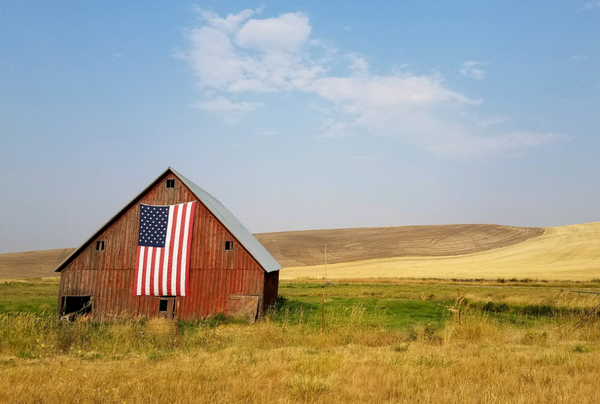
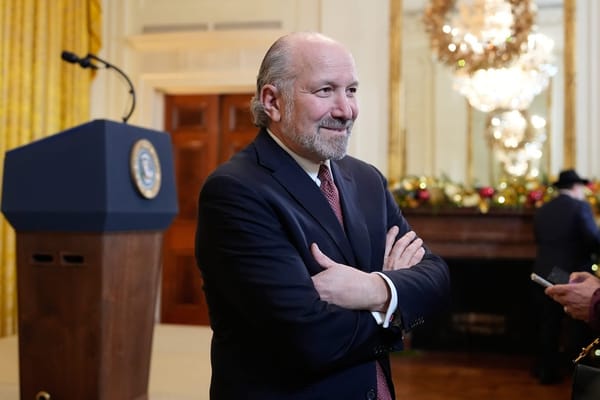
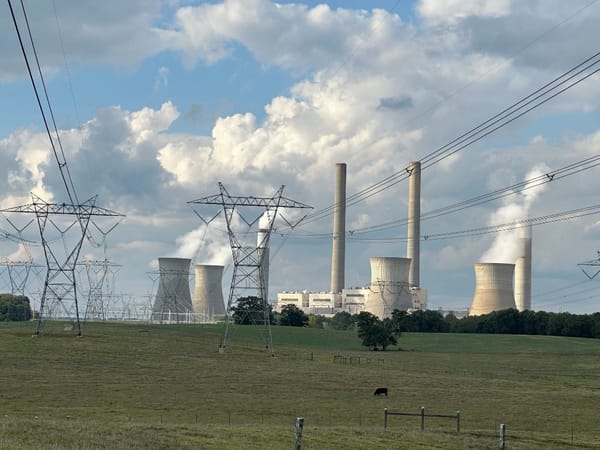
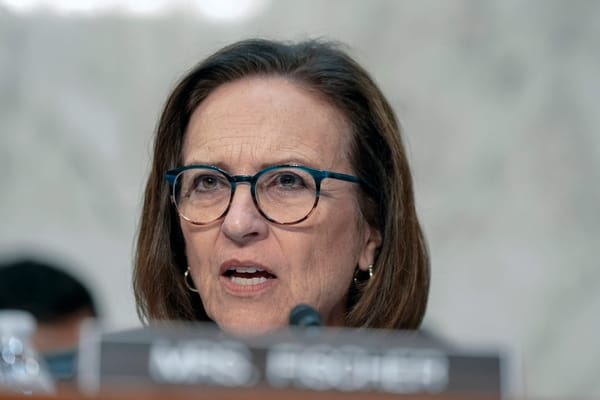
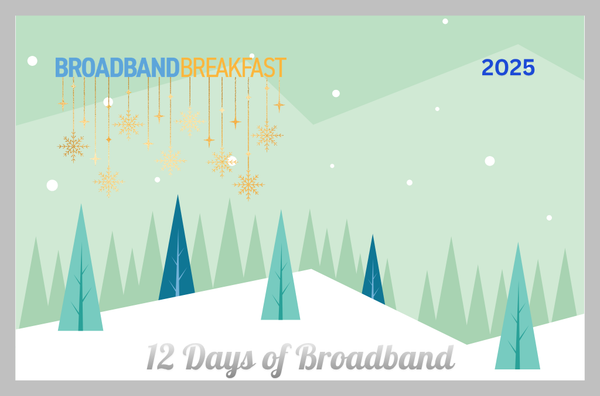
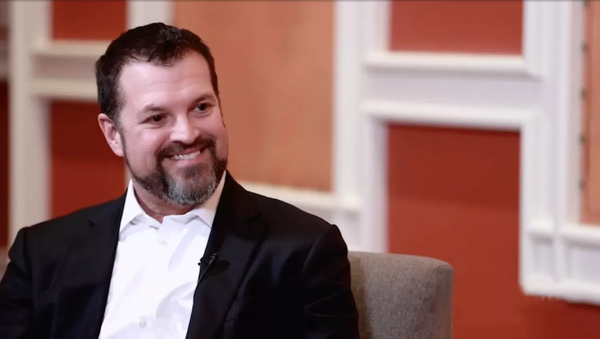

Member discussion